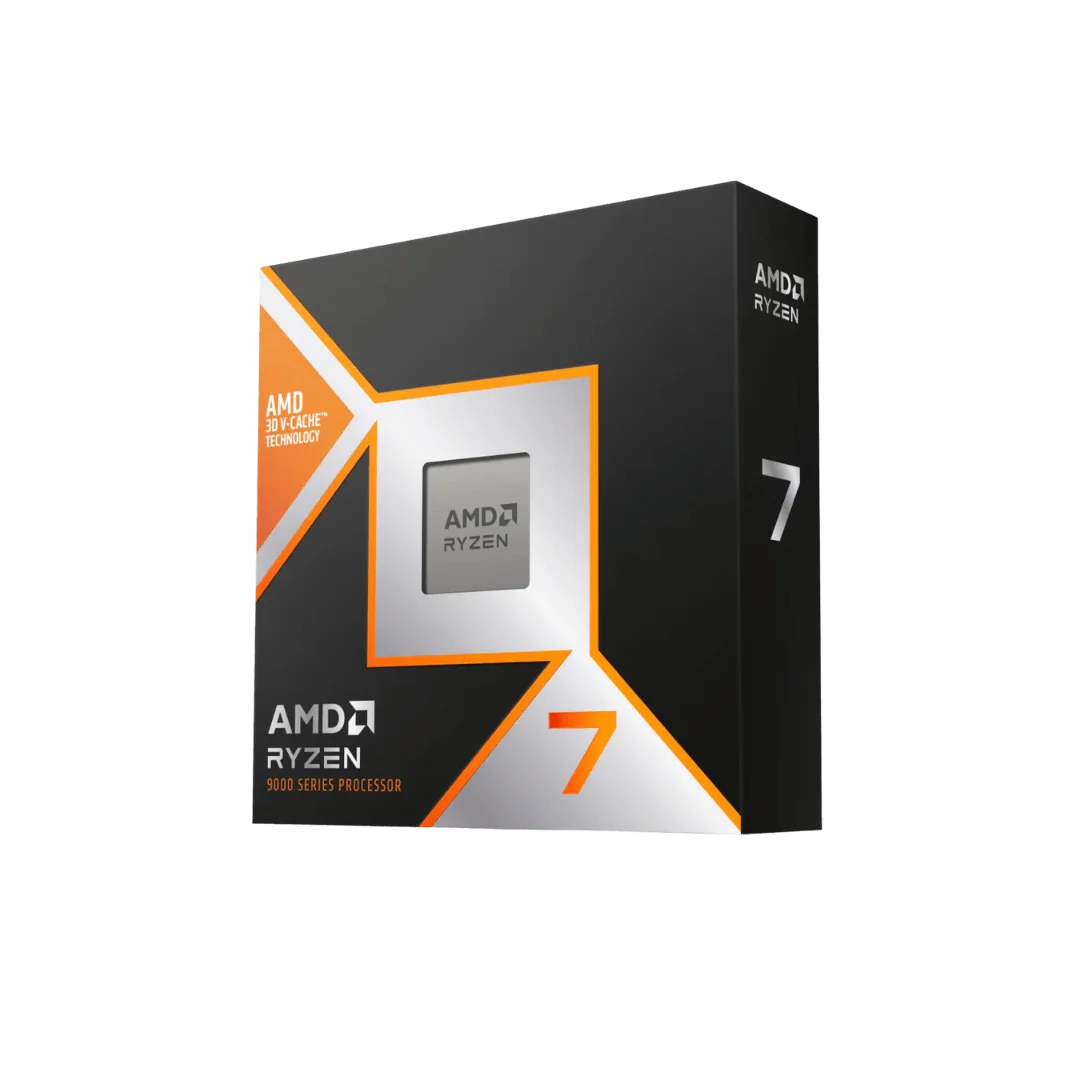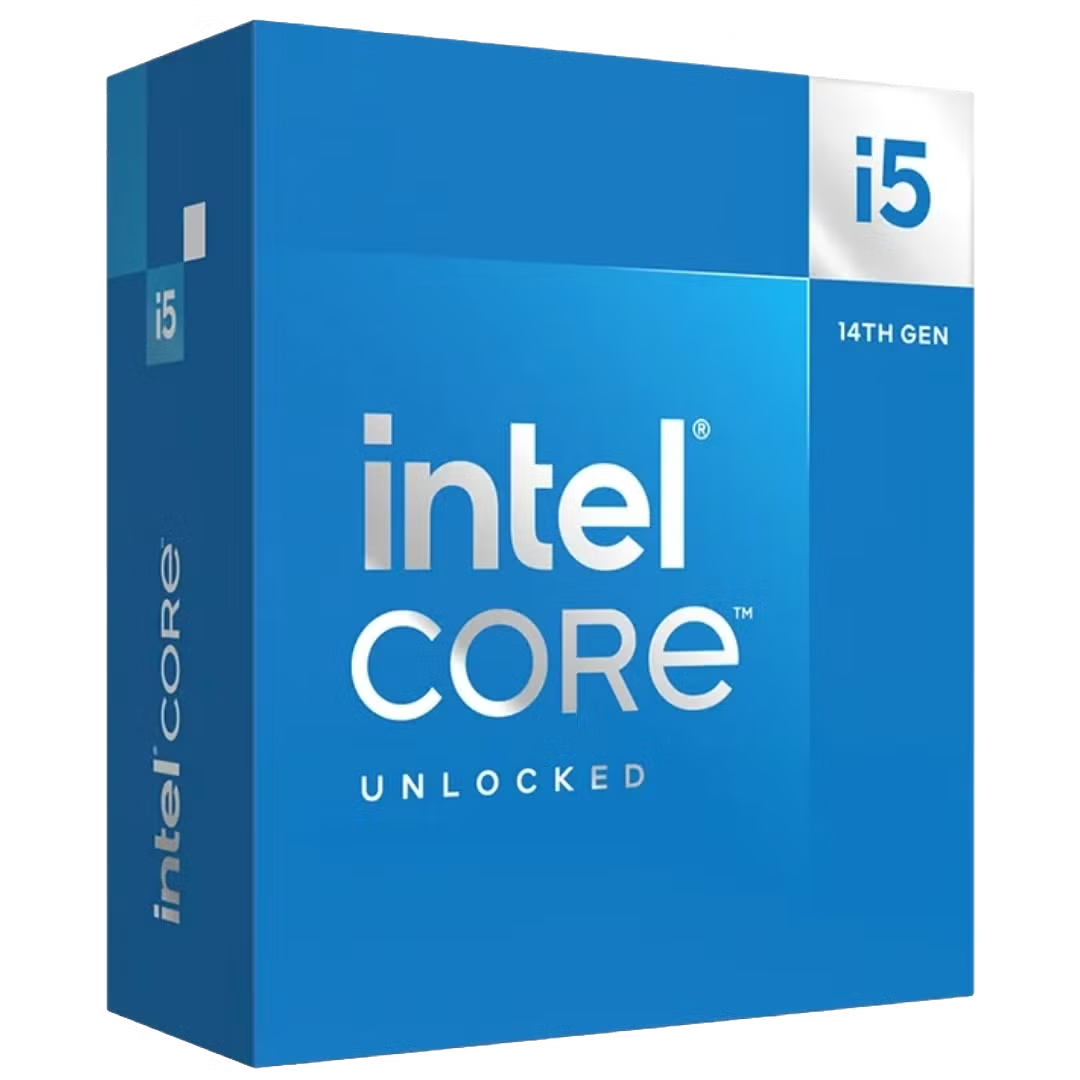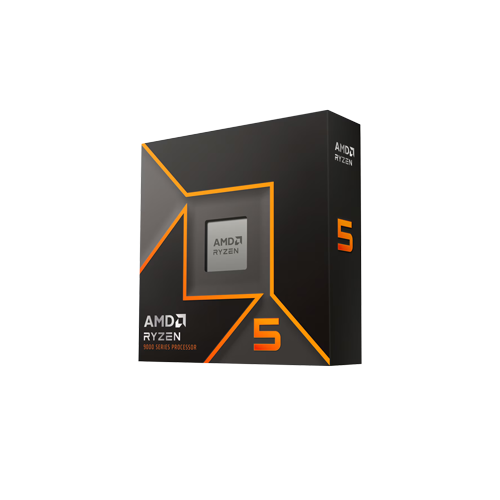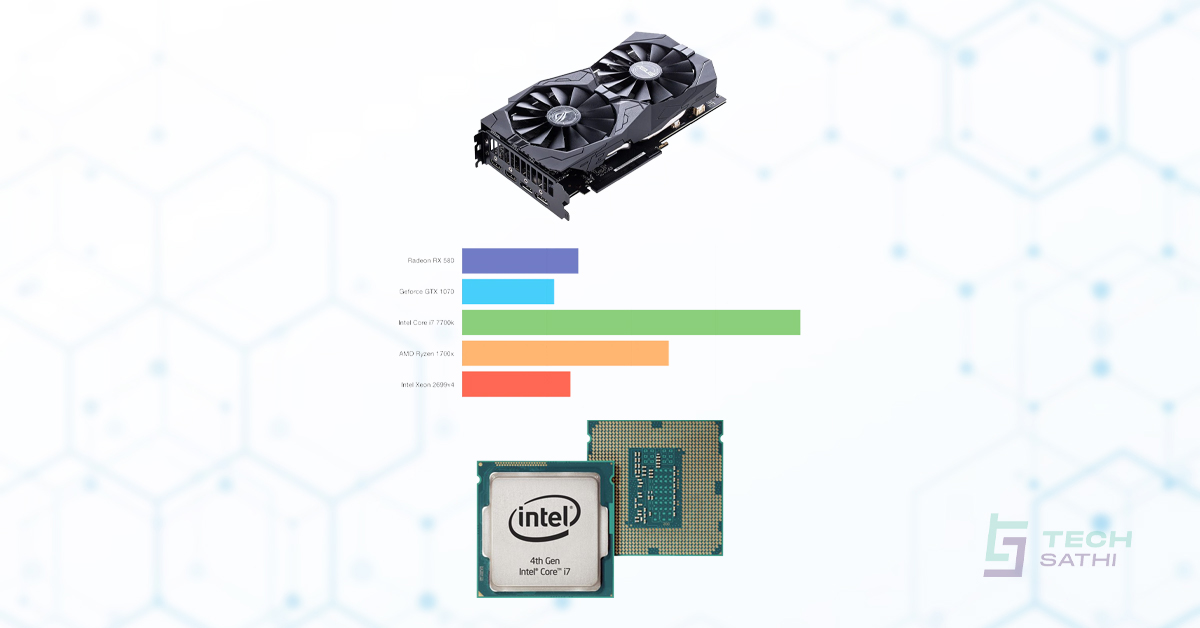Benchmarks are often used to measure the performance of CPUs and GPUs. However, there is a lot of misinformation surrounding them. Here we dive into some common myths about CPU and GPU benchmarks. It explains why these myths persist and what the truth actually is.
Myth 1: Higher Benchmark means Better Real-World Performance

One of the most pervasive myths is that higher benchmark scores always translate to better real-world performance. Many users assume that a device with a higher score will outperform another in everyday tasks. However, this is not always the case.
Benchmark tests are designed to stress hardware under specific conditions. These conditions may not reflect typical usage scenarios. For example, gaming performance depends on more than just raw GPU power. Factors like driver optimization and game engine compatibility also play a role.
Additionally, some benchmarks focus on synthetic workloads. These workloads may not accurately represent how you use your computer daily. As a result, a system with lower benchmark scores might feel faster for tasks like web browsing or office work.
Myth 2: All Benchmarks Are Created Equal

Another misconception is that all benchmarks provide the same insights into hardware performance. In reality, benchmarks vary widely in their methodologies and objectives. Some are tailored for specific use cases, while others are more general.
For instance, gaming benchmarks often simulate popular titles to test graphical performance. On the other hand, productivity benchmarks may focus on tasks like video editing or data processing. Using the wrong benchmark for your needs can lead to misleading conclusions about hardware capabilities.
It’s also important to consider who develops the benchmark. Some benchmarks are created by independent organizations. Others are developed by hardware manufacturers themselves. The latter may be optimized to favor certain products, leading to biased results.
Myth 3: Overclocking Always Improves Benchmark Results
Overclocking is often seen as a guaranteed way to boost benchmark scores. While it can improve performance, this isn’t always true. Overclocking involves running a CPU or GPU at higher speeds than intended by the manufacturer.
However, increased clock speeds come with trade-offs. Overclocked systems may experience higher temperatures and reduced stability. These factors can negatively impact performance during prolonged benchmark tests.
Moreover, not all applications benefit equally from overclocking. Tasks that rely heavily on single-core performance may see gains. Conversely, multi-threaded applications might not show significant improvements. This makes the benefits of overclocking highly situational.
You might also like : The Rise of Smart Glasses with Cameras in 2025
Myth 4: Benchmark Results Are Always Reproducible

Many people believe that benchmark results are consistent across different systems and setups. Unfortunately, this is far from the truth. Several variables can influence benchmark outcomes, making them difficult to reproduce. Factors like cooling solutions, motherboard quality, and even ambient temperature can affect performance. Even minor differences in software configurations can lead to discrepancies in results.
To ensure accurate comparisons, testers must maintain identical testing environments. This includes using the same drivers, operating systems, and settings. Without strict controls, benchmark results can be inconsistent and unreliable.
Myth 5: Benchmarks Are the Only Way to Compare Hardware
While benchmarks are useful tools, they are not the sole method for comparing hardware. Relying solely on benchmark scores can overlook other important aspects of a device’s performance. User experience, for example, cannot always be quantified by numbers. A laptop might have lower benchmark scores but offer better battery life. Similarly, build quality, design, and software ecosystems contribute to overall satisfaction with a product.
Real-world testing is equally valuable. Using a device for everyday tasks provides insights that benchmarks cannot capture. This hands-on approach helps identify strengths and weaknesses that might not appear in synthetic tests.
Why Do These Myths Persist?

The persistence of these myths can be attributed to several factors. One reason is the complexity of hardware performance. Most consumers lack the technical knowledge to fully understand how benchmarks work. This makes them more likely to oversimplify their interpretations.
Marketing also plays a role. Manufacturers often highlight benchmark scores in advertisements. They emphasize peak performance to attract buyers. This creates a perception that benchmarks are the ultimate measure of a product’s worth.
Finally, online forums and communities contribute to the spread of misinformation. Users share benchmark results without considering context. This leads to misunderstandings and reinforces myths over time.
Conclusion: A Balanced Approach to Benchmarks
Benchmarks are valuable tools for evaluating hardware performance. However, they should not be the only factor in decision-making. Understanding their limitations and interpreting results carefully is essential for making informed choices. By debunking these myths, we can develop a more nuanced view of CPU and GPU benchmarks. Ultimately, combining benchmark data with real-world testing ensures a comprehensive understanding of hardware capabilities.



